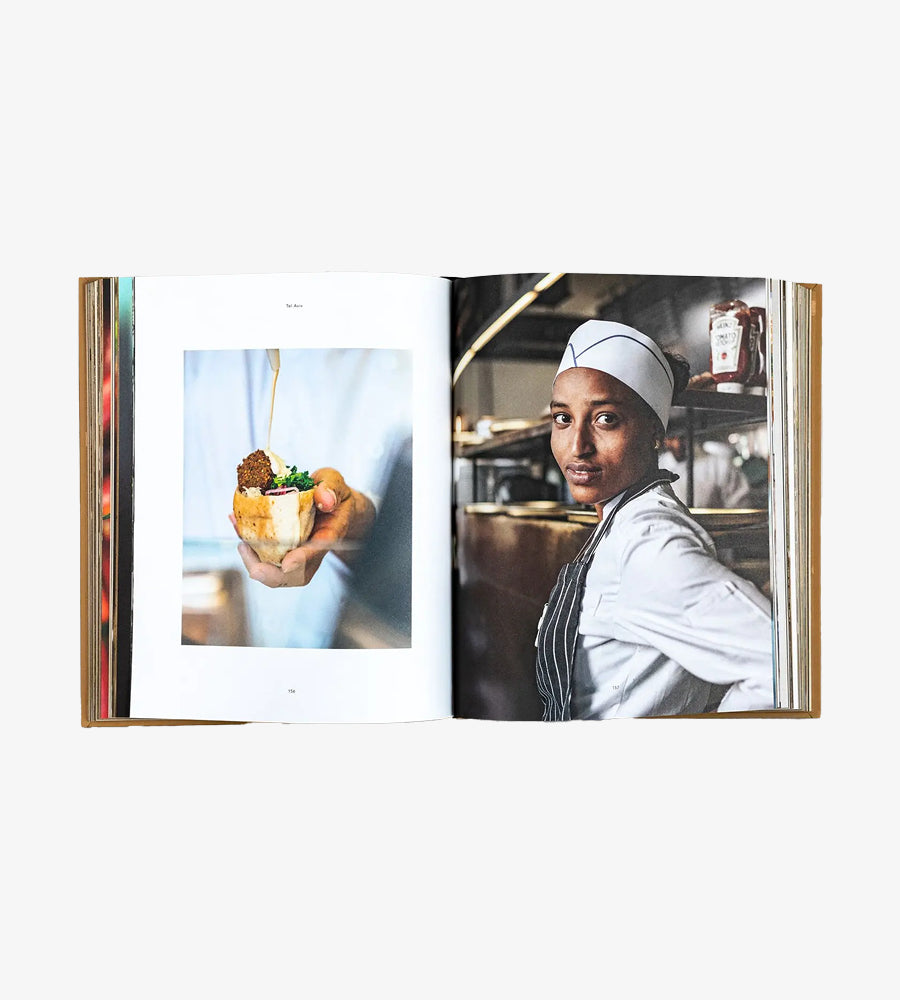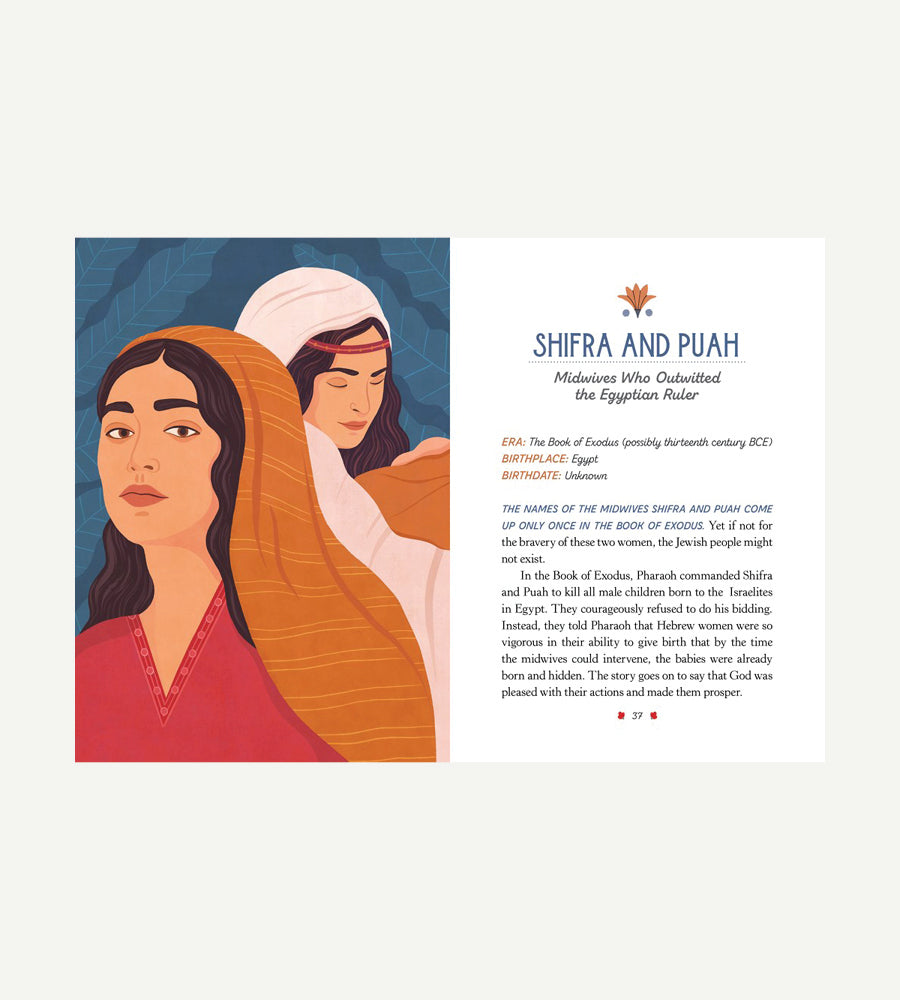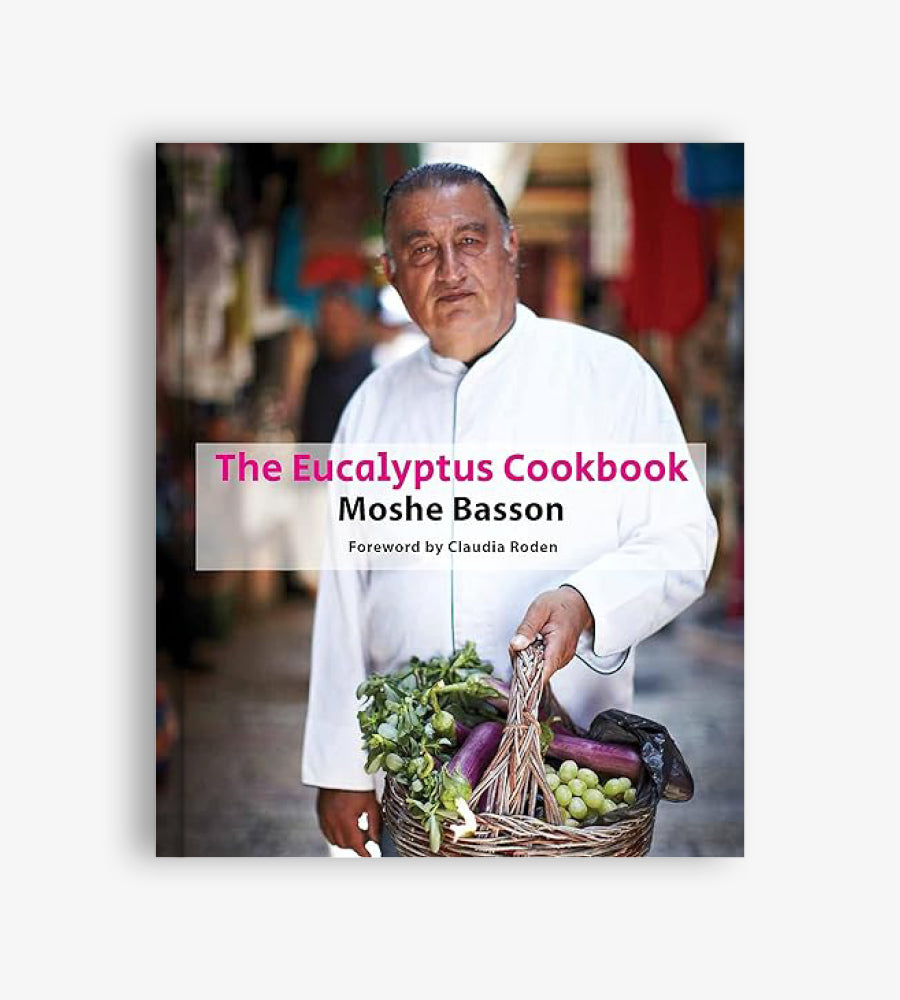
Shakespeare at Jaffa Gate
Samuel Thrope

In November 1919, residents of Jerusalem were offered a theatrical bonanza. The Egyptian theater company of ‘Abd al-Aziz al-Jahili had just arrived in the city. During their five-night run, the company would perform Romeo and Juliet, Hamlet, and Othello as well as Charlotte, a play based on the life of the French assassin Charlotte Corday, and Hamdan al-Andalusi. The poster announcing the performances was written in Arabic, English, and Hebrew in an attempt to attract the widest possible audience.
The choice of venue reflected similar aspirations. The cafe Qahwat al-Ma‘aref was Jerusalem’s main public performance space and was
located in the city’s commercial hub right outside Jaffa Gate.
Constructed only a few years earlier, this new town center symbolized the modern, non-sectarian, and middle-class aspirations of late Ottoman Jerusalem.
Al-Jahili and his troupe hailed from Cairo, the cultural capital of the Arab world and home to most of its important authors and thinkers. The Arabic versions of Shakespeare staged were likely borrowed from earlier translations by Najib al-Haddad, Tanyus ‘Abdu, and Khalil Mutran. These were not literal renditions of Shakespeare’s original text: Abdu’s Hamlet, for example, changes the play’s tragic ending to a happy one.
Despite the fact that the troupe’s repertoire was performed in colloquial Egyptian Arabic, the poster reflects the fact that its designer was familiar with the new Hebrew culture of the Land of Israel. Ram ve-Yael, as the story of Shakespeare’s star-crossed lovers is translated, evokes the biblical names used in an important 1878 Hebrew version. This subtle allusion is all the more striking as the designer muddled the name
of the English original, printing Romes and Juliette instead of Romeo
and Juliet.













